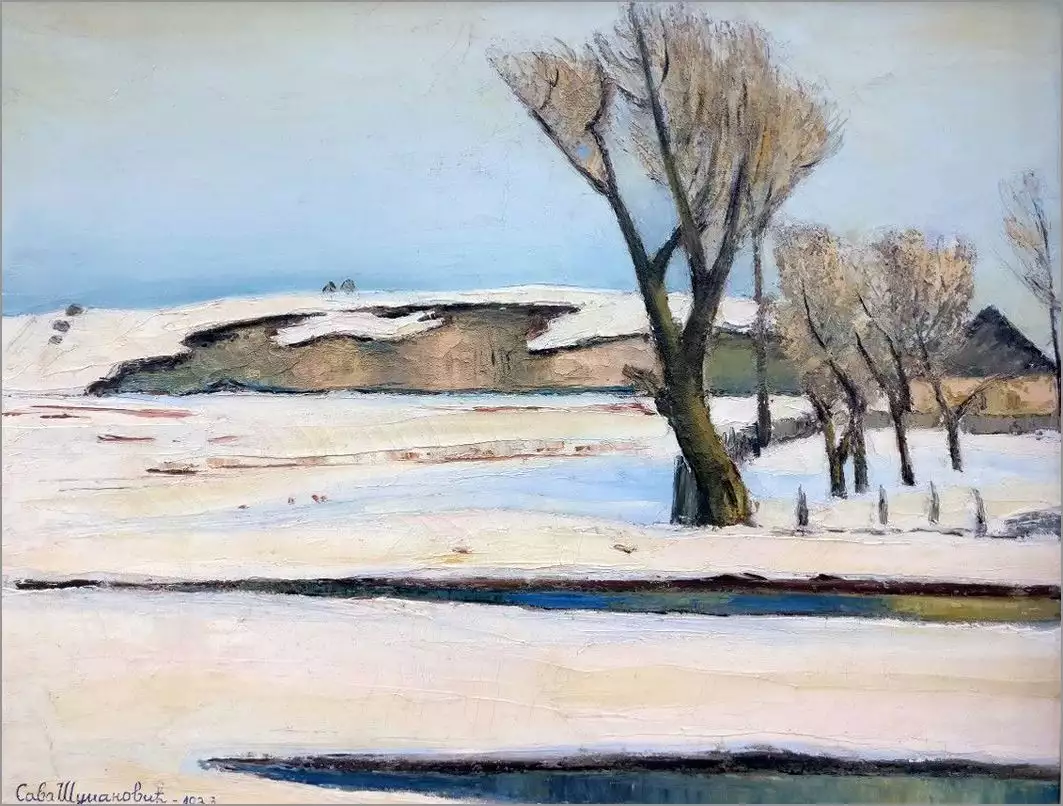Sava Šumanović | Origin of Street Names
- Nikola Igračev
- 3 min
- 13 October 2021.
- Entertainment
Sava Šumanović (1896 - 1942) was one of the greatest Serbian and Yugoslav painters of the 20th century and undoubtedly one of the most prolific and respected creators in Serbian painting history.
Born in Vinkovci, Slavonia, he moved with his parents to Šid, a town in Srem, while still very young, a place that would forever be associated with his name. However, he completed his education in Zemun, where he became interested in painting and attended the famous Isidor Jang's painting school. His love for canvas and colors outweighed his father's plans for him to study law and become a lawyer, so after finishing high school, Sava became a student at the Academy of Fine Arts in Zagreb.
After completing his studies, like many young artists of that time, he set off to Paris, the European capital of culture, where his talent and hard work were immediately recognized.
Unlike most painters, Sava Šumanović never strictly belonged to a specific artistic movement. From the very beginning of his career, he imposed his own style that encompassed elements of Art Nouveau, Cubism, Classicism, Impressionism, and even Expressionism.

His most significant paintings (such as "Drunken Boat," "Red Carpet," "Bridge on the Seine," "Morning," etc.) were created in Paris, in the studio of the renowned professor and painter Andre Lhote. These paintings not only captivated the Parisian audience but also garnered admiration and respect from great masters like Modigliani and Picasso. Overall, as a painter with a completely unique creative oeuvre, extensive education, and refined manners, Sava Šumanović enjoyed great prestige in Parisian cultural circles.
However, due to frequent issues with his French visa, he was forced to constantly return to Yugoslavia, continuing to create in his hometown of Šid and exhibiting with great success in galleries in Zagreb and Belgrade. His widely renowned landscapes of Srem and nude figures were created during that period ("Breakfast on the Grass," "Šid Women," "Winter in Srem," "Harvesters," etc.).
Sava Šumanović had his last major and perhaps most famous exhibition at the current Faculty of Philology in Belgrade, just before the outbreak of World War II in 1939. The magnificent collection of over 400 works brought the painter not only fame but also income that finally allowed him to secure a trip and an extended stay in Paris. This happened at a time when he had established himself as the greatest living Yugoslav painter.
Unfortunately, events did not unfold according to plan; quite the opposite. World War II closed the borders of European countries, and Sava remained in Yugoslavia, in his hometown of Šid. Amidst the senseless Ustasha actions against the Serbian population in the newly formed Independent State of Croatia, which included Šid, Sava Šumanović was arrested and taken to Sremska Mitrovica along with several hundred of his fellow citizens. After torture, he was executed and buried in a mass grave. At the time of the Ustasha raid, the paintings from the cycle Harvesters from Šid were still drying on his easel. In a brutal manner, the life of the most prolific, respected, and best-selling Serbian painter was forcibly extinguished.
The Memorial House of Sava Šumanović, featuring a gallery of his masterpieces, is located in Šid, and numerous schools and streets in Serbia bear his name today.
Below are some of Sava's numerous masterpieces:





